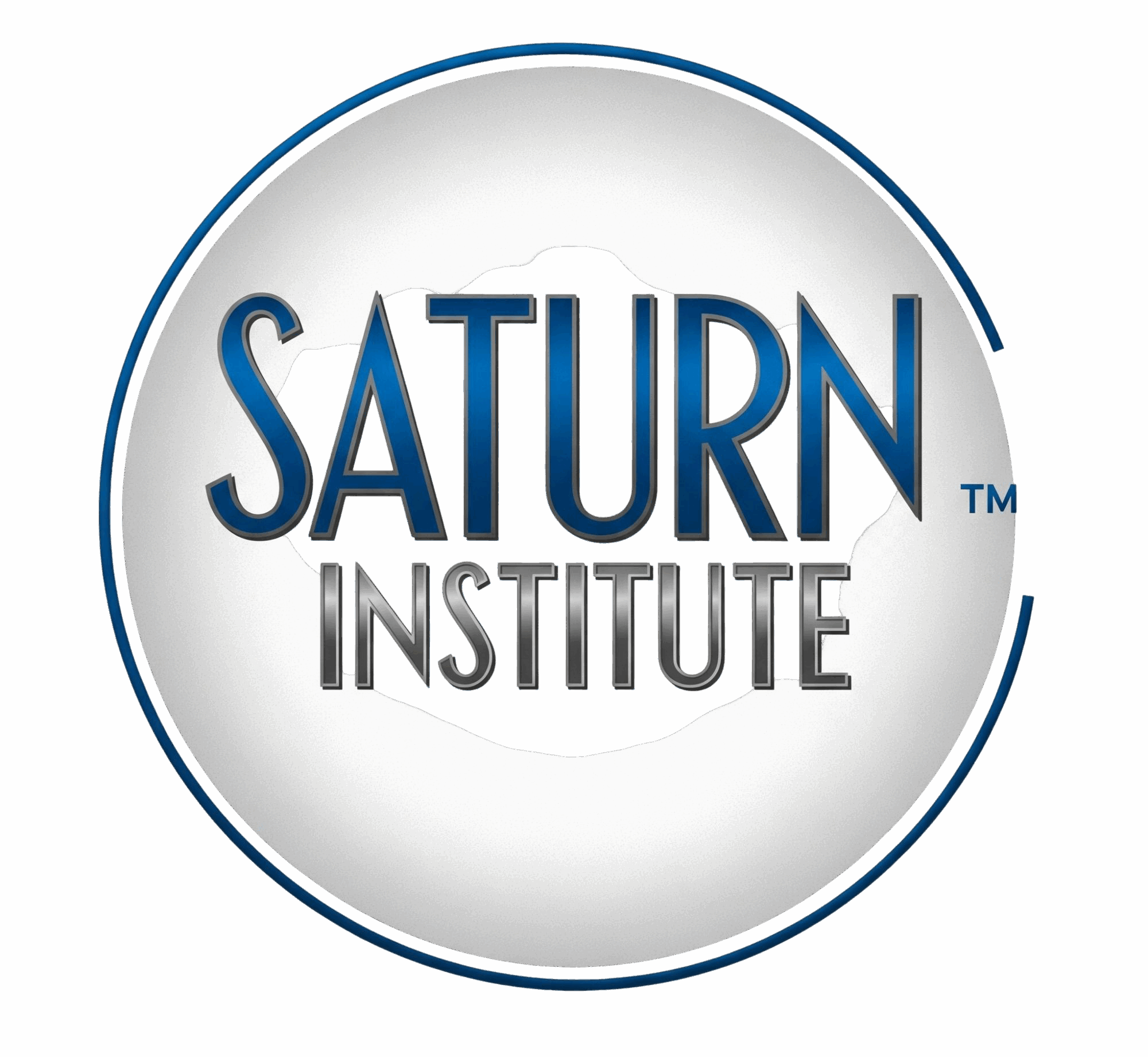The Saturn Institute, at its core, can be modeled as a replicable blueprint for fostering sustainable community development, food security, and educational innovation, directly contributing to the betterment of mankind. It’s a concept that transcends a simple trade school, positioning itself as a vital piece in solving complex global challenges.
Here’s the concept of its modeling:
The Saturn Institute as a “Living Laboratory” for Human Flourishing
The Institute functions as a “Living Laboratory” where the interconnectedness of food systems, technology, education, and community well-being is not just taught, but actively demonstrated and experienced. Its model for the betterment of mankind is rooted in these key principles:
- Localized Food Security & Sovereignty (Mitigating Global Food Crises):
- Modeling: By demonstrating successful, high-yield urban agriculture, aquaponics, and aquaculture within a contained, state-of-the-art campus, the Institute shows how communities can reduce reliance on vulnerable, long-distance supply chains.
- Betterment: It provides a tangible solution to food deserts, increases access to nutritious, fresh food in urban areas, and empowers communities to control their own food sources, thus building resilience against global food shocks and climate impacts.
- Sustainable Resource Management (Addressing Environmental Degradation):
- Modeling: The focus on water farming (hydroponics, aquaponics) highlights efficient water use, a critical concern in a world facing water scarcity. Regenerative dirt farming practices demonstrate soil health restoration and carbon sequestration. The Bee Box exemplifies direct engagement with biodiversity and ecological balance.
- Betterment: This model teaches and implements practices that minimize environmental footprint, conserve precious natural resources, reduce agricultural pollution, and promote urban biodiversity, leading to healthier ecosystems globally.
- Accessible & Adaptable Education (Bridging Knowledge Gaps & Fostering Innovation):
- Modeling: Offering all-ages, hands-on, certificate-based courses (from 1-day workshops to multi-term programs) democratizes access to specialized agricultural knowledge. The R&D quad directly integrates cutting-edge research into practical training. The shared service with the school district creates early pathways.
- Betterment: It equips individuals with practical, future-proof skills for green economies, combats unemployment, particularly in underserved communities, and fosters a new generation of innovators capable of developing and applying sustainable solutions to complex problems worldwide. It adapts learning to diverse needs and ages, making knowledge acquisition a lifelong pursuit.
- Community Cohesion & Social Innovation (Building Resilient Societies):
- Modeling: The Union Center, Sanctuary Garden, and public open days are not just amenities but integral parts of the model, fostering social interaction, dialogue, and a sense of shared ownership. The Marketplace creates direct producer-consumer links.
- Betterment: It addresses social isolation, creates welcoming third spaces, strengthens community bonds, and promotes intergenerational learning. By engaging the public directly with where their food comes from, it builds food literacy and appreciation, contributing to healthier lifestyle choices. It re-establishes the connection between people and the natural world, even in urban settings.
- Economic Empowerment & Localized Prosperity (Creating New Opportunities):
- Modeling: The Institute trains individuals not just for jobs, but also for entrepreneurship in the burgeoning urban agriculture and sustainable food sectors. The sale of produce/honey from the Marketplace can generate local economic activity.
- Betterment: It provides pathways out of poverty, stimulates local economies, creates sustainable jobs, and cultivates small businesses, offering a viable alternative to traditional industrial models.
